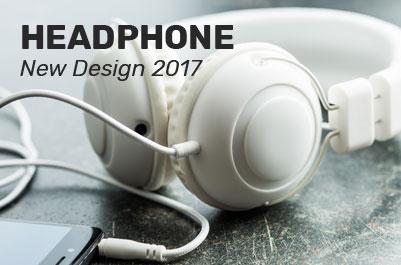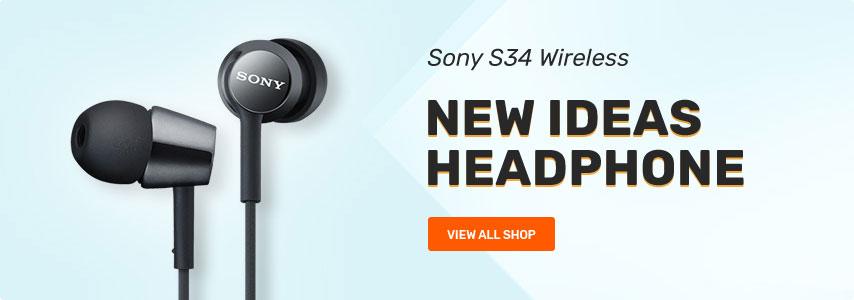Virtual reality is a somewhat understandable concept in 2016. You put on a headset, you find yourself in 3D worlds. But augmented reality -- AR -- is still a bit less understood.
Virtual reality is a somewhat understandable concept in 2016. You put on a headset, you find yourself in 3D worlds. But augmented reality -- AR -- is still a bit less understood.
You could engage with augmented reality with a headset, and see 3D objects "projected" into your real world -- something that's usually called "mixed reality." Augmented reality doesn't need a headset, though. It can use your phone. In fact, it already does. 2016's summer smash hit
You could engage with augmented reality with a headset, and see 3D objects "projected" into your real world -- something that's usually called "mixed reality." Augmented reality doesn't need a headset, though. It can use your phone. In fact, it already does. 2016's summer smash hit Pokemon Go was the most widespread use of AR ever seen.
So, then, what is Google's Tango, and why should you care? Released at the end of the year in a large phone called the Lenovo Phab 2 Pro that most people will probably never be aware of, Tango is an advanced type of next-generation camera tech for phones. It's basically an array of cameras that enables depth sensing in 3D.

















